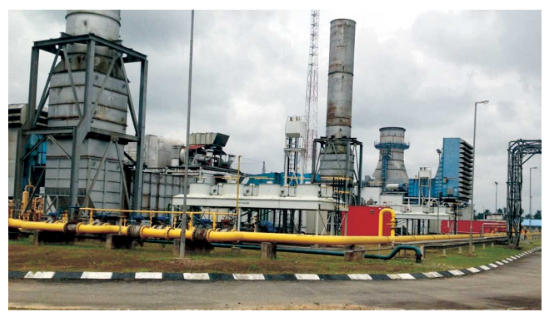THE United Nations will, in a few weeks, hold its first-ever Food Systems Summit.
The gathering, which culminates an 18-month-long global consultation process, was not without its controversies. Yet the process played a key role in bringing to the forefront of the global policy conversation a complex topic with a simple message: the global food system is out of date and no longer fit for purpose.
Join our WhatsApp ChannelThe global food system is too expensive as nearly three billion people cannot afford a healthy diet. It is also fragile. Climate change and the pandemic are testing the system’s resilience, yet only 54 countries had food security strategies in place as of 2020.
Crucially, the food system is simply not sustainable: the world is currently breaking four of the nine planetary boundaries to provide insufficiently nutritious food to too few people, indicating that something must clearly change.
Consumers will have a key role to play in two important areas: changing diets and reducing waste. With 77% of global agricultural land dedicated to livestock (feed included), moving towards a plant-based diets will be an important lever to help restore land, feed more people and reduce greenhouse gas emissions (a plant-based diet emits up to 50 times less than a meat-based one).
Accelerating a dietary substitution at a time when meat production is expected to increase by 13% by 2030 will require both convincing and innovation to create attractive substitutes at price parity.
As for waste, 61% of the 931m tons wasted each year happens at the household level, making action at that level essential. This is something all countries will have to tackle, as household food-waste levels are relatively similar in high-income and in lower-middle-income countries, with a global average of 74kg per capita per year.
On the supply side, priorities will include building resilience and promoting the sustainable production of nutritious food. Innovation and technology deployment will be an important lever of action.
Examples range from the very advanced – such as AI-powered genetic research to build heat resistant crops – to technologically simpler but no less important methods such as diversified farming, which can restore ecosystems, reduce inputs use and increase yield.
Companies will have to do their part too. As of 2020, nearly a quarter of the 350 most influential companies in the food sector had failed to commit to tackling the environmental, social or nutrition issues facing the global food system.
Investors are starting to notice: in just five years, the FAIRR network, a coalition of investors engaging the food sector on ESG issues, has grown 40x to reach $40trn of assets under management in 2021.
Mobilizing all of the above actors, along with the more than 600m small farms that produce the world’s food, will require coherent food policies.
Correcting the price signal will be an essential first step: the externalities of the global food system currently cost the economy some $12trn per year, and are projected to grow to $16trn by 2050.
By contrast, delivering a sustainable food system would cost $300-350bn per year and bring $4.5trn by 2030 in economic benefits.
What is clear is that the transformation of the food system will be anything but straightforward. As a recent OECD report rightfully articulates and documents, with so much at stake, success is more about political economy than it is about economics alone.
The key, therefore, is to create a food transformation aligned with world values. Though difficult, systemic change would be the only way tje world can feed a growing population on a planet with finite resources.

















Follow Us